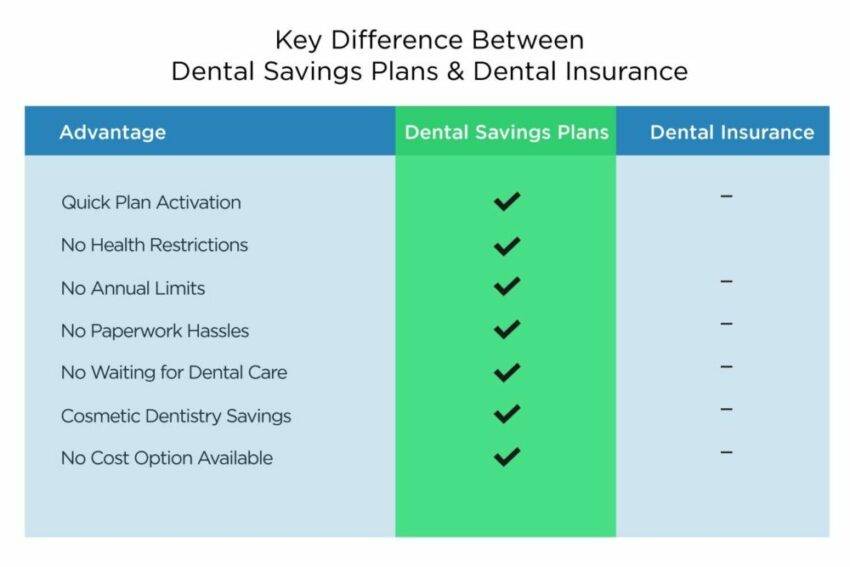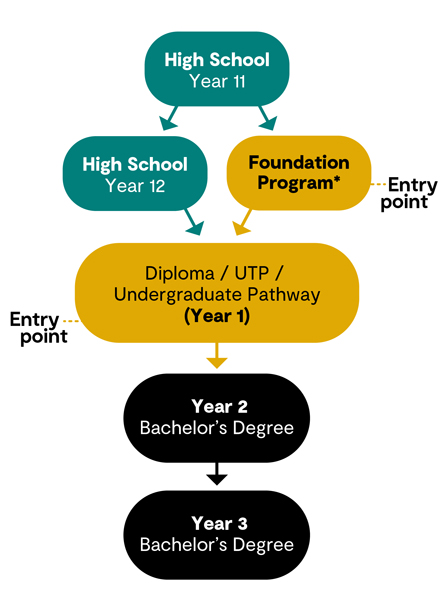Understanding Student Loans IDR: A Comprehensive Guide to Income-Driven Repayment Plans
#### What are Student Loans IDR?Student loans IDR, or Income-Driven Repayment plans, are designed to help borrowers manage their student loan debt based on……
#### What are Student Loans IDR?
Student loans IDR, or Income-Driven Repayment plans, are designed to help borrowers manage their student loan debt based on their income and family size. These plans adjust monthly payments to ensure that they are affordable, typically capping them at a percentage of the borrower’s discretionary income.
#### Types of Income-Driven Repayment Plans
There are several types of IDR plans available for federal student loans. The most common ones include:
1. **Revised Pay As You Earn (REPAYE)**: This plan caps monthly payments at 10% of discretionary income. If you are married, both your and your spouse's income will be considered, regardless of whether you file taxes jointly or separately.

2. **Pay As You Earn (PAYE)**: Similar to REPAYE, this plan also caps payments at 10% of discretionary income, but it is only available to borrowers who took out their first loan after October 1, 2007, and who can demonstrate financial hardship.
3. **Income-Based Repayment (IBR)**: Under IBR, monthly payments are capped at 10% or 15% of discretionary income depending on when the loans were taken out.
4. **Income-Contingent Repayment (ICR)**: This plan is available to all borrowers and sets payments at the lesser of 20% of discretionary income or the amount you would pay on a fixed payment plan over 12 years.
#### Benefits of Student Loans IDR

One of the main benefits of student loans IDR is the flexibility it provides. Borrowers can adjust their payments based on changes in income, making it easier to manage student loan debt during times of financial hardship. Additionally, many IDR plans offer loan forgiveness after 20 or 25 years of qualifying payments, which can significantly reduce the total amount paid over time.
#### How to Apply for Student Loans IDR
To apply for an IDR plan, borrowers must submit a request through their loan servicer. This typically involves providing documentation of income and family size. It’s essential to keep the loan servicer updated with any changes in income or family size, as this can affect monthly payment amounts.
#### Challenges and Considerations

While IDR plans offer numerous benefits, there are also challenges to consider. For instance, while monthly payments may be lower, borrowers may end up paying more in interest over the life of the loan due to extended repayment periods. Additionally, if a borrower’s income increases significantly, their payments may also increase, which could lead to financial strain.
#### Conclusion
In summary, student loans IDR can be a valuable tool for managing student loan debt. They provide flexibility and potential forgiveness options, making them an attractive choice for many borrowers. However, it’s crucial to understand the various plans available and consider the long-term implications of choosing an IDR plan. By carefully evaluating personal financial situations and staying informed about loan servicer requirements, borrowers can make the most of these repayment options.